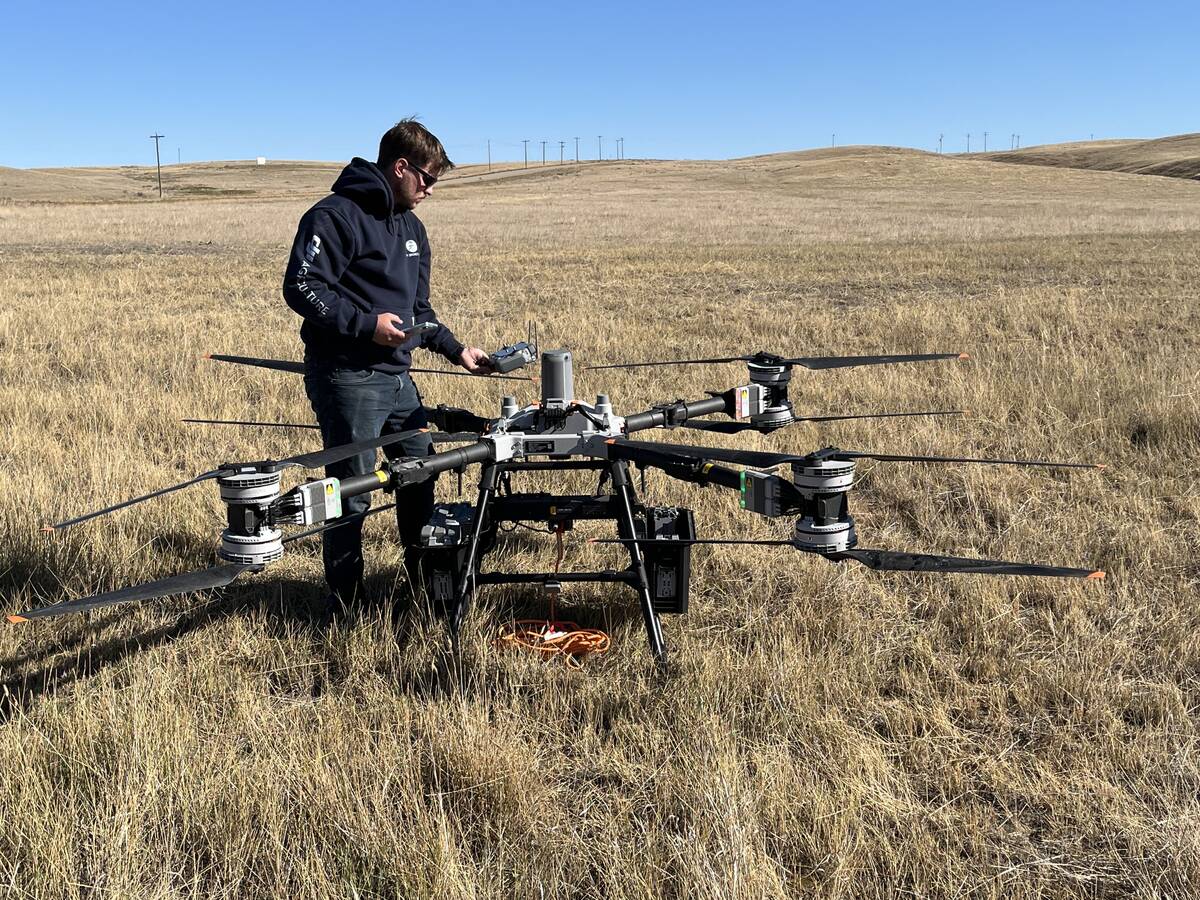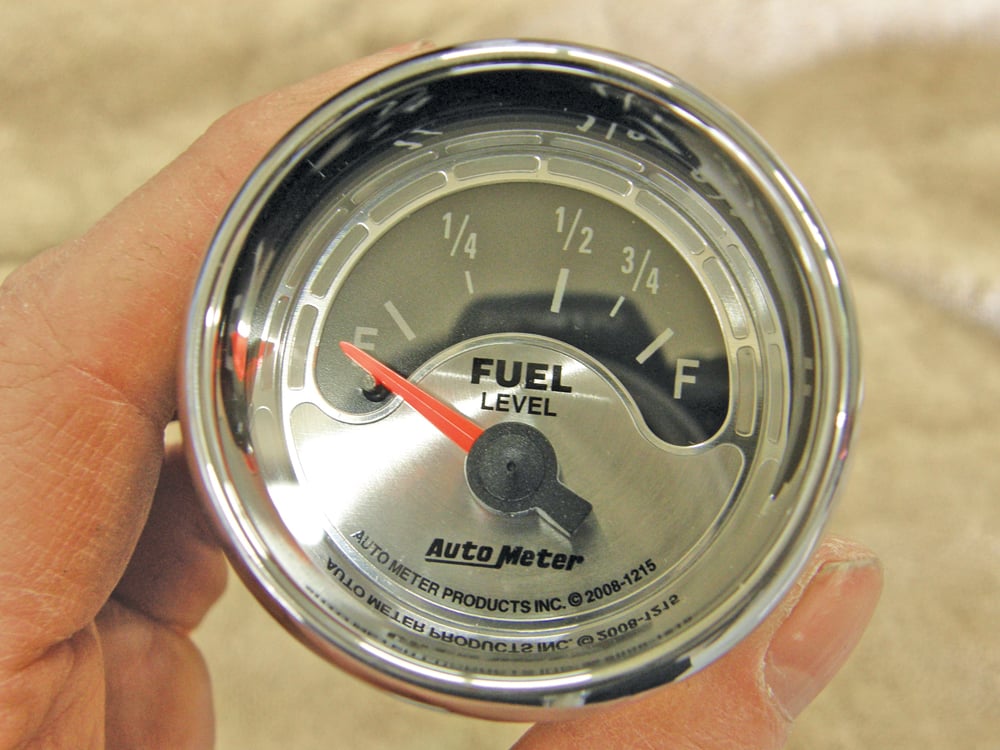Sidebar 2.JPG
The flange is placed in the tool’s “stretcher” jaw, which causes the metal to deform into a curved shape.
Photo: Scott Garvey
Sidebar 3.JPG
The original flat piece of metal now has a curved shape. The curve radius can be increased by working it through the jaws multiple times.
Photo: Scott Garvey
metal-stretcher-tool
How it works. The four sections in each jaw on the tool clamp down then move laterally, away from each other to “stretch” or toward each other to “shrink” the steel.
Photo: File
It may not be a standard piece of farm workshop equipment, but for anyone who needs to do a little metal fabrication occasionally, a shrinker-stretcher can be a pretty useful tool. It came in very handy on the Grainews workshop toolbox project.
The metal shrinker-stretcher basically does exactly what its name implies: shrink or stretch metal. It does this with two sets of jaws. As each one clamps down it also either compresses the metal or pulls it apart, which creates the shrinking or stretching action. In this way, the tool actually changes the thickness of the steel, which makes part of the piece longer or shorter depending on which jaw set is used. The dimensions of the unworked section remain the same, so the lengthened or shortened sections created by the tool cause the metal to deform into a curved shape. It’s useful for creating curved corner pieces of sheet metal.
Read Also

Farm-facing drone does the heavy lifting
Canadian distributor DJI Agriculture unveils its AGRAS T100 drone to western Canada’s producers for greater efficiencies in spraying and granular spreading in fields.
The pictures demonstrate what the shrinker-stretcher does to a flat piece of steel with a single 90-degree bend in it. By using the “stretch” jaws, the outside of the flange is lengthened, creating a curved shape. Using the shrinker side of the tool would cause the metal to “shrink,” forming an arc in the opposite direction.























